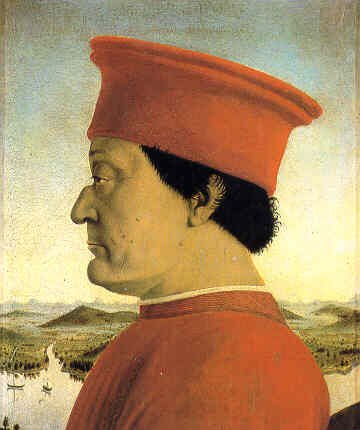The Pursuit of Italy: Book Review
- Mike
- May 7, 2021
- 3 min read
Updated: Nov 27, 2024
The Pursuit of Italy is the first book I read where the subject matter was exclusively Italian and if, like me, your formal education consisted of a limited amount of Roman history and a brief trip through the Renaissance, this is a great book for filling in many of the missing pieces. By the end of its very readable 400 pages you will be able to make sense of the utter confusion that is Italian history, a history that was constantly buffeted by outside forces and can only be fully understood within the wider context of European history.

Any literary undertaking that covers so many centuries with so much going on is bound to have its detractors who are looking for a different emphasis but the purpose of this book is to try to explain Italy today in the context of the disparate history of its many regions.

David Gilmour, the author, is not to be confused with either the Pink Floyd guitarist or the founder of Fiji Water or even the Canadian novelist, all of whom share the same name.
The David Gilmour in this case is an accomplished historical writer and biographer who, by the time he wrote this in 2011, had been traveling to Italy regularly for almost forty years and as part of his preparation for the book spent time in each of the twenty regions of Italy.
He is also the author of a short but interesting biography of Giuseppe di Lampedusa who wrote 'Il Gattopardo', one of the most acclaimed Italian novels of the 20th century.
Fortunately perhaps, Gilmour is not a professional historian and his writing style displays his wit and curiosity as he seeks to explain Italy not just describe it. He makes the point in his introduction that this book is not an academic work, which frees him to be entirely subjective in the selection of topics covered and the importance he gives them.
As an outsider looking dispassionately at Italy, Gilmour is able to point to academic work, also by non-Italians, that disputes in a scholarly way some of the established narrative surrounding key events in Italian history. One example is his reference to the work of the late Denis Mack Smith, a Cambridge don, who infuriated Italian academics in the 1960s but whose work was based on meticulous research underpinned by documentary evidence.
Mack Smith's long ago controversial assertion was that fascism was not as much of an aberration in Italian history as many wanted to believe and was the result of the political classes failure to establish a robust democracy. Even today after the new constitution of 1947 it's a little strange that both the current and prior Prime Minister of Italy were appointed not elected, and nor is the President elected by the people, creating a concentration of unelected executive power that would be unthinkable in an English speaking democracy, yet causes no unease in Italy.
Gilmour himself in this book is not overly controversial though he’s not shy about expressing his strongly held opinions, nor should he be, and I share many of them. In a very general sense Italians often hold different opinions of both their country and its history depending on whether they’re from the north or the south (Tuscans perhaps are more neutral observers being in the middle) so sometimes the most valid and insightful observations come from people who are not Italian but who have lived in Italy or otherwise know the country very well.
Many authors whose books I have enjoyed and have reviewed, or will review in the months ahead, fit this description, including Caroline Moorehead, Christopher Hibbert, Alexander Stille, Peter Robb, Lucy Hughes-Hallett and Christopher Duggan, who was a student of (and researcher for) Denis Mack Smith at Oxford.
Gilmour's book is as entertaining as it is informative and is the perfect springboard to further reading. I found it worthwhile and learned much and even though I’ve subsequently read many more books covering Italian history in greater detail, I’ve found no reason to revise my initial impression of Gilmour’s work.


